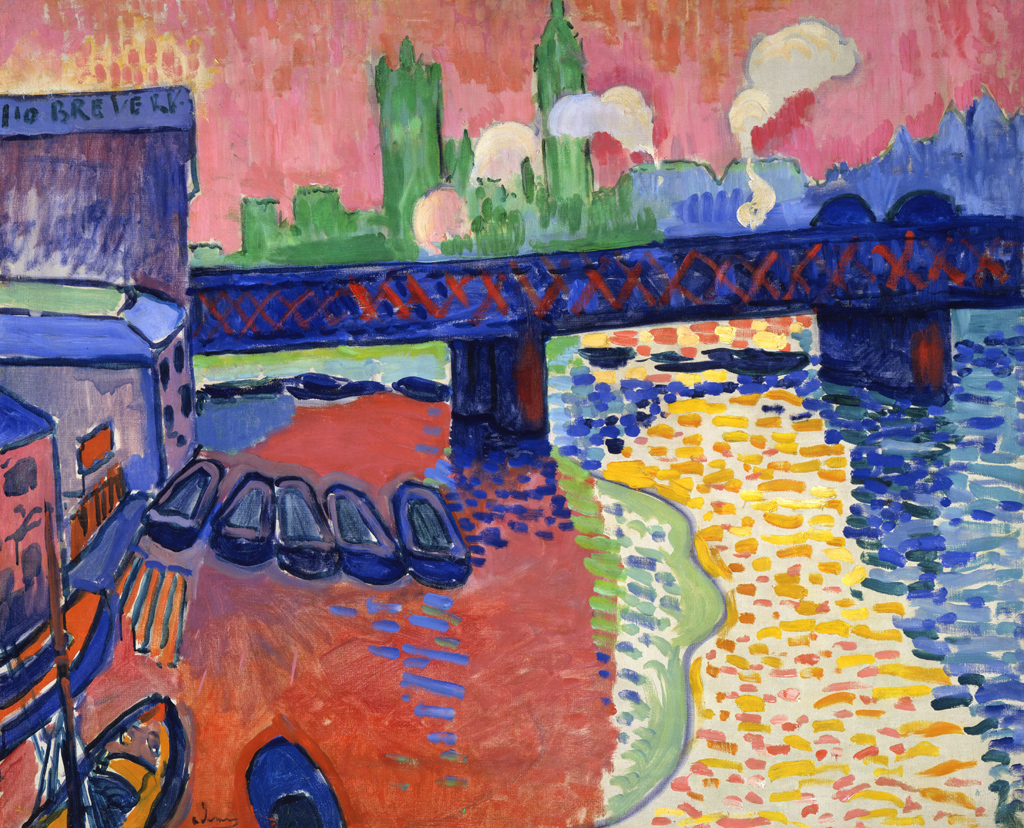Katie Babic and I worked with a small group of students who were interested in having more art and creativity opportunities. We met once a week after school to explore a variety of arts media and creative processes. After attending such an inspiring Learning and the Brain Conference, this group became our test case for some of the ideas we learned about fostering creativity and curiosity and supporting kids' passions.
A new session of Club Creativity will start after spring break! Sign up to join us!
Here are some of the activities we explored:
Egg carton flower wreath

 Clay creatures
Clay creatures
Collage inspired by Van Gogh's Sunflowers









































































